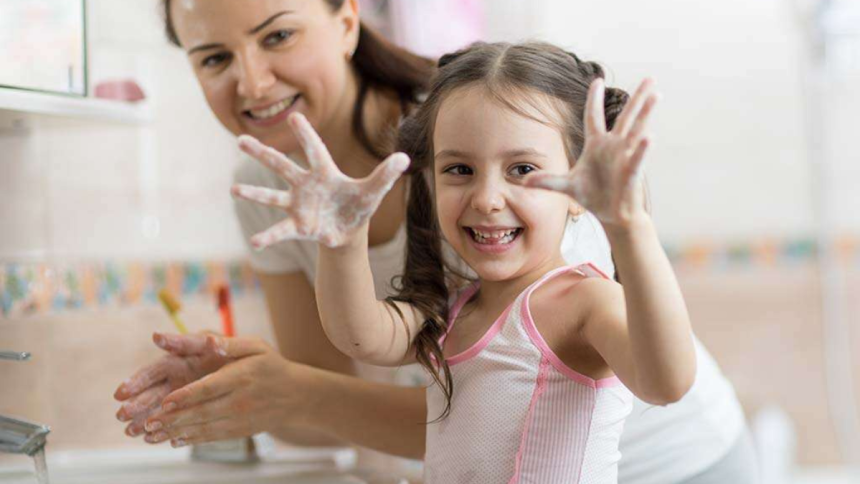Water quality plays a crucial role in both personal health and environmental sustainability. From the water we drink to the water we use every day — bathing, cooking, and cleaning — it touches nearly every corner of home life. Yet, many people don’t realize how much unfiltered or hard water can quietly chip away at wellness and contribute to waste.
But there’s good news. Small home improvements can have a big impact. These changes not only support healthier living but also align with eco-conscious values. When enough people make simple upgrades, the ripple effects are real: stronger well-being, lower utility bills, and a lighter footprint on the planet.
The Hidden Health Effects of Poor Water Quality
While hard water might seem harmless, it can interfere with your hygiene and overall health. It’s full of minerals like calcium and magnesium, leaving your skin dry and your hair dull. If you or your family members have sensitive skin or existing conditions like eczema, these effects can be especially uncomfortable.
Experts point out that hard water can strip away the skin’s natural moisture barrier, leading to irritation and making your skin more vulnerable to dryness and itchiness. It can also leave mineral buildup on your scalp and hair, reducing the effectiveness of your hair care products and potentially clogging follicles.
Using a water filtration or softening system can make a big difference. These systems help remove harsh minerals, which improve how your skin and hair feel and extend the life of your beauty and hygiene products.
Eco-Friendly Upgrades for Healthier Water
Upgrading your water quality doesn’t have to mean a major investment. There are several easy, budget-friendly ways to make home improvements that benefit your health and the planet.
- Under-sink filtration units: Installed directly at the point of use, these systems offer high-quality water filtration for cooking and drinking. They reduce impurities while minimizing plastic waste from bottled water.
- Faucet-mounted systems: These devices are easy to install and maintain and filter out sediments and harmful chemicals right from the tap. They’re a low-cost, eco-friendly upgrade for renters and homeowners alike.
- Upgrading outdated plumbing fixtures: Replacing old faucets, showerheads, and toilets with low-flow models significantly reduces water consumption. These improvements also enhance water quality by preventing buildup and corrosion in aging pipes.
- Water-saving faucet aerators: Inexpensive and simple to attach, these aerators control flow without sacrificing pressure. They lower water usage and utility costs, contributing to a greener household.
- Toilet tank banks: These small inserts displace water in the tank, reducing the amount used with each flush. They’re a hassle-free and ultra-affordable solution for reducing water waste.
Making even one or two of these changes can support a healthier home and a more sustainable lifestyle. Many of these options pay off over time through savings on your water bill — and they’re easy to implement, too.
Surprising Ways To Make Your Home More Water-Efficient
Kitchens or bathrooms typically come to mind when saving water, but there are plenty of spots around the house where you can cut back. Garages, laundry rooms, and even your home office can benefit from small water-smart tweaks.
Today’s smart home technology offers clever tools to track and reduce water usage. Devices like leak detectors, smart irrigation systems, and water-efficient washers let you stay in control and avoid costly surprises. They’re a great way to protect your home and conserve resources at the same time.
You might also consider installing a rainwater collection system to use for your garden or lawn. It’s a low-maintenance way to reduce reliance on municipal water, especially when combined with drought-tolerant landscaping and low-flow fixtures. Little changes like these add up to significant savings over time.
The Long-Term Value of Water-Conscious Home Improvements
Making your home more water-efficient isn’t just good for your health, but it also ensures your home sells faster and for more. More and more buyers are looking for homes with green upgrades, especially when it comes to water conservation.
Features like smart sensors, water-saving fixtures, and whole-home filtration systems show that homeowners care about quality, efficiency, and sustainability. These upgrades can increase your home’s market appeal and may even help it sell faster when the time comes.
On top of that, many eco-friendly home upgrades qualify for local or federal rebates and tax incentives. That means you can improve your daily life and long-term property value, without breaking the bank.
Conclusion
Better water quality at home supports more than just comfort—it’s a step toward healthier living, environmental responsibility, and lasting value. The benefits are real and within reach, from softer skin and stronger hair to lower water bills and a greener footprint.
Taking a few simple steps, like adding a filter or upgrading a faucet, can make a big difference. These choices don’t just stay within your walls. They ripple outward, affecting your health and finances while contributing to a more sustainable world.
Don’t wait. Start with one small change today, and watch the positive effects flow through your life.
Lynn Martelli is an editor at Readability. She received her MFA in Creative Writing from Antioch University and has worked as an editor for over 10 years. Lynn has edited a wide variety of books, including fiction, non-fiction, memoirs, and more. In her free time, Lynn enjoys reading, writing, and spending time with her family and friends.















